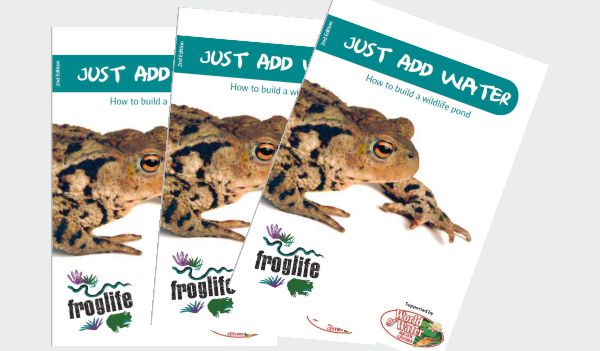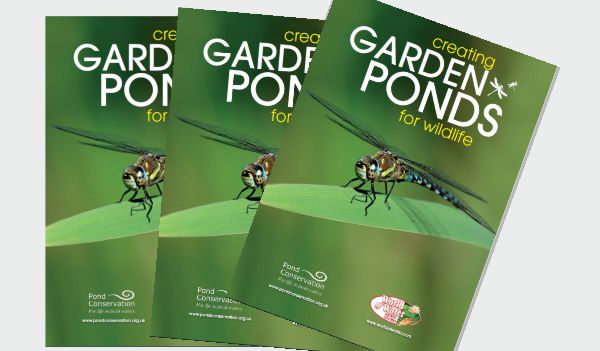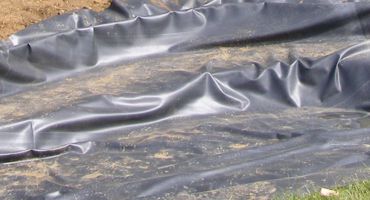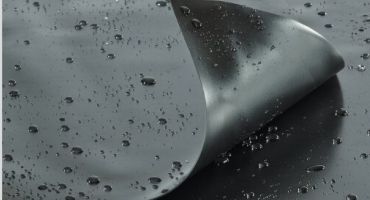Wildlife Ponds benefits
Wildlife ponds have become more popular as we become environmentally aware and want to encourage wildlife in the garden.
These natural ponds are not only truly beautiful and educational for children, but you will also be helping the ecosystem of your whole garden. Did you know having a wildlife pond encourages frogs and toads, which eat slugs? More birds and wildlife will also visit you, some you may not have seen before.
To ensure an excellent natural balance in your pond, you will need to ensure that ample planting areas are built. Once mature, pond plants will cover up to two-thirds of the ponds surface area. Read our guide to planting a pond.
Can I add fish to a wildlife pond?
Conservationists recommend fish are not added to wildlife ponds. However, a few small fish (avoiding koi and orfe) in a well-designed pond with plentiful planting areas, slopping edges for amphibians and local thirsty wildlife will benefit your local wildlife.
If a few fish are going to be added, allow the ponds plants to establish. Depending on the number of fish added, you may also need to consider installing a pond pump and filter system
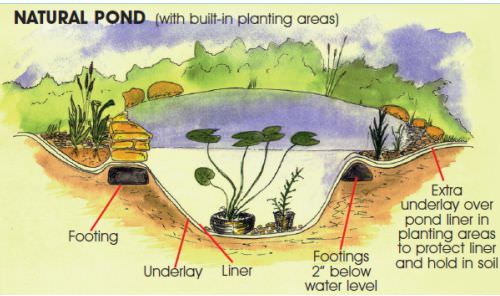
Do wildlife pond needs a pond pump or filter?
A wildlife pond without fish usually does not require a pond pump or filter system as the helpful bacteria establish creating a self-sustaining pond ecosystem.
As a pond's ecosystem matures, it will digest toxins left by rotting organic waste, the pool will begin to balance, and the water clear.
This process could take up to eighteen months to achieve. However, the result can be magnificent, attracting a host of wildlife along with a splendid display of aquatic plants.
Wildlife ponds without fish rarely require filtration. However, they may benefit from being circulated by a pump to maintain oxygen levels, assisting a healthy ecosystem and prevents the water from becoming stagnant.
What is a good size for a wildlife pond?
Any sized pond is beneficial to local wildlife, though amphibians will prefer ponds over 1-2 metres in diameter.
What shape should a wildlife pond be?
Generally, it’s a good idea to add some shape to your pond edges - don’t go for straight sides, instead, add some curves. This will help add to the number of microhabitats found in your pond and makes it more attractive to wildlife. Many people go for the kidney-shaped pond style. Use a rope or hose to mark the pond edges before you start digging. Don’t forget to add a sloping aspect to at least one end of the pond - this will ensure wildlife can get in and out.
How deep should a wildlife pond be?
Ideally, a wildlife pond should have lots of shallow water, with wide shallow margins and gently sloping edges. Unless you are keeping fish, the deepest areas need to be no more than 25-30 cm (1 foot) deep. This keeps all of the pond well oxygenated and well lit. It also means you can see to the bottom, helping you to enjoy your pond more.
If you want to keep fish, you need a depth of half a metre or more, meaning you will need a much bigger pond, or you will end up with very steep sides. Try to make sure its surface area is 5-10 times the maximum depth. Otherwise, there is a good chance you’ll suffer from deoxygenation problems.
How to edge a wildlife pond
A wildlife pond benefits from wild planting areas to assist with balancing the pond ecosystems and creating a great habitat for your local wildlife.
Wildlife pond edging with rock edging
A simple way of creating a wildlife pond planting area to your chosen width. A concrete footing under the liner will help keep the rockery in place.
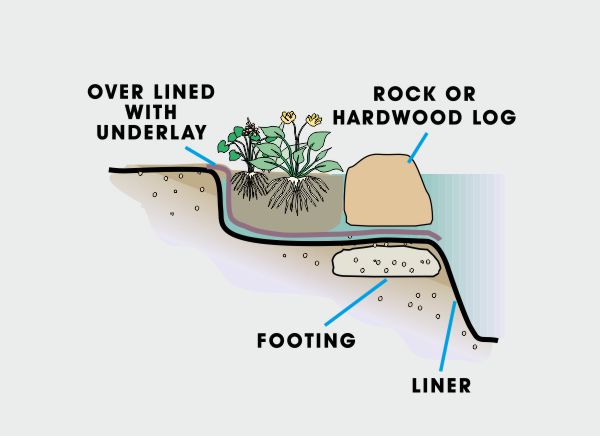
Wildlife pond marsh planting edging
Use the pond excavation contours to create a wildlife pond planting area. Tip: Remember you will need to account for additional liner requirements, measure the max width and length into the contours of the pond.
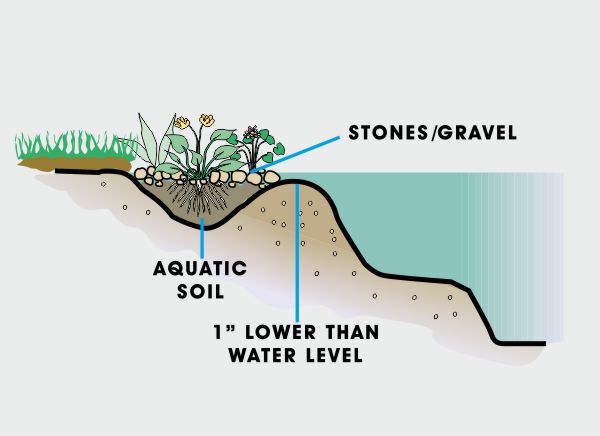
Wildlife pond beach edging
Construct a concrete footing to retain a suitable substrate for growing native pond plants and offering good protective cover for wildlife

 British Pounds
British Pounds

